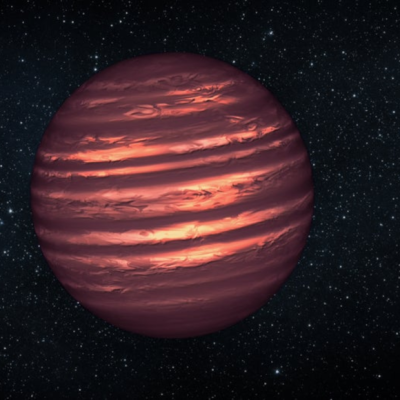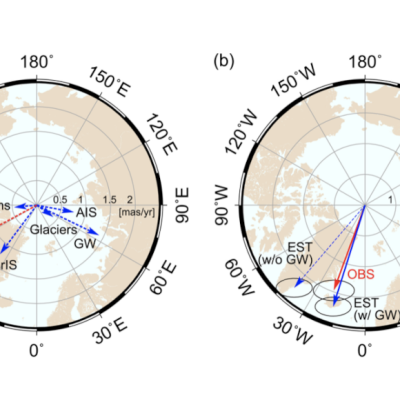New geophysical and thermodynamic data has revealed that the moon has a solid iron core of approximately 516 kilometers in diameter, surrounded by a liquid core of around 100 kilometers thick. This contradicts previous beliefs that the moon only had a partially molten core. The structure of the lunar core has been a topic of debate, with data from a seismometer placed on the moon by astronauts 50 years ago suggesting that the core was partially molten. However, new information published in the journal Nature by scientists from the Observatoire de la Côte d’Azur (OCA) has shed light on the structure of the moon’s core.
The researchers used data on tidal deformation, seismic data, and other geophysical measurements to examine various models of the lunar core’s structure. They found that when considering factors such as density, temperature, and viscosity of the lower moon mantle, as well as the properties at the core-mantle boundary, the existence of a solid inner core was necessary to explain the observed seismic data. The solid inner core has a radius of approximately 258 kilometers and a density of 7,822 kilograms per cubic meter, while the liquid outer core has a radius of 362 kilometers and a slightly reduced density of 5,025 kilograms per cubic meter.
The discovery of a solid inner core is crucial in understanding how celestial bodies develop planetary magnetic fields. The study also suggests that convection currents existed at the core-mantle boundary in the early stages of the moon’s formation, which helped to strengthen the moon’s relatively weak dynamo and give it its strong magnetic field.










